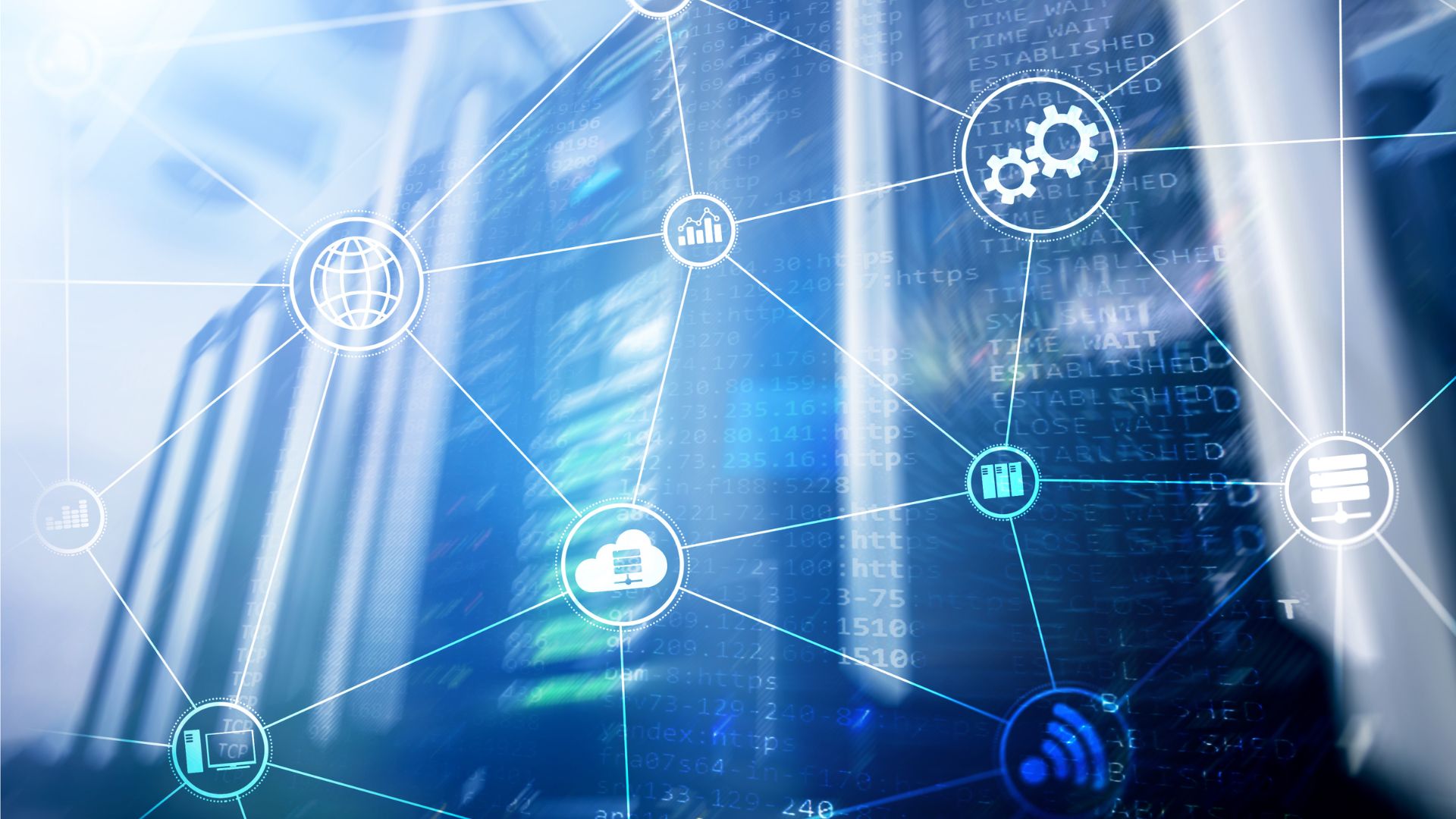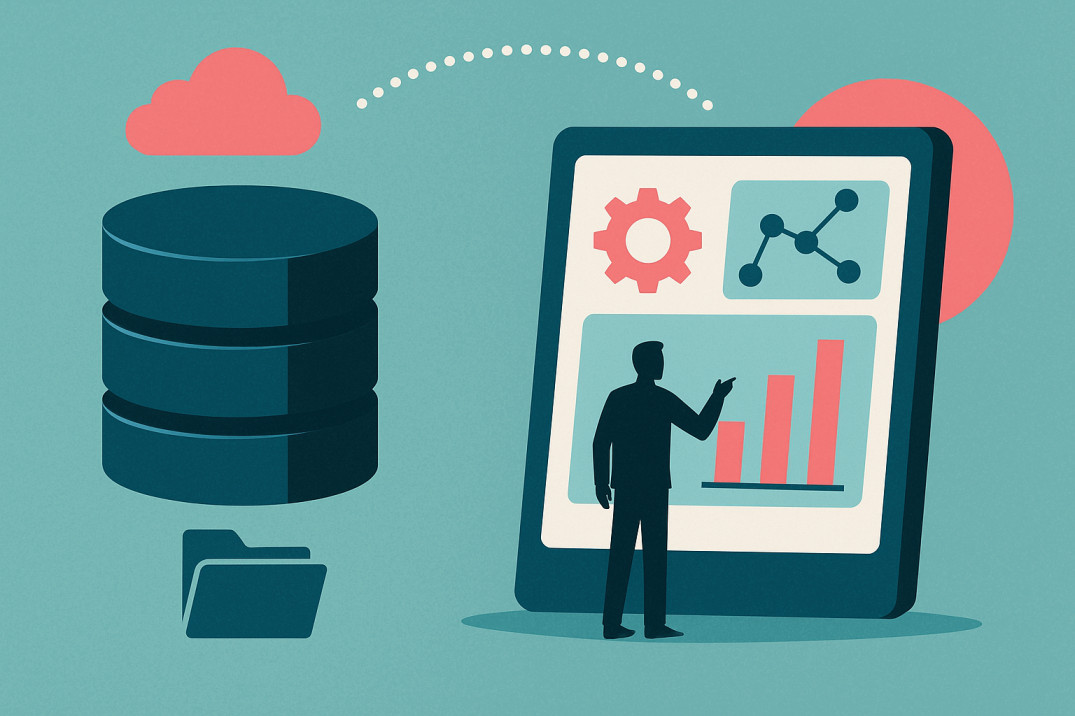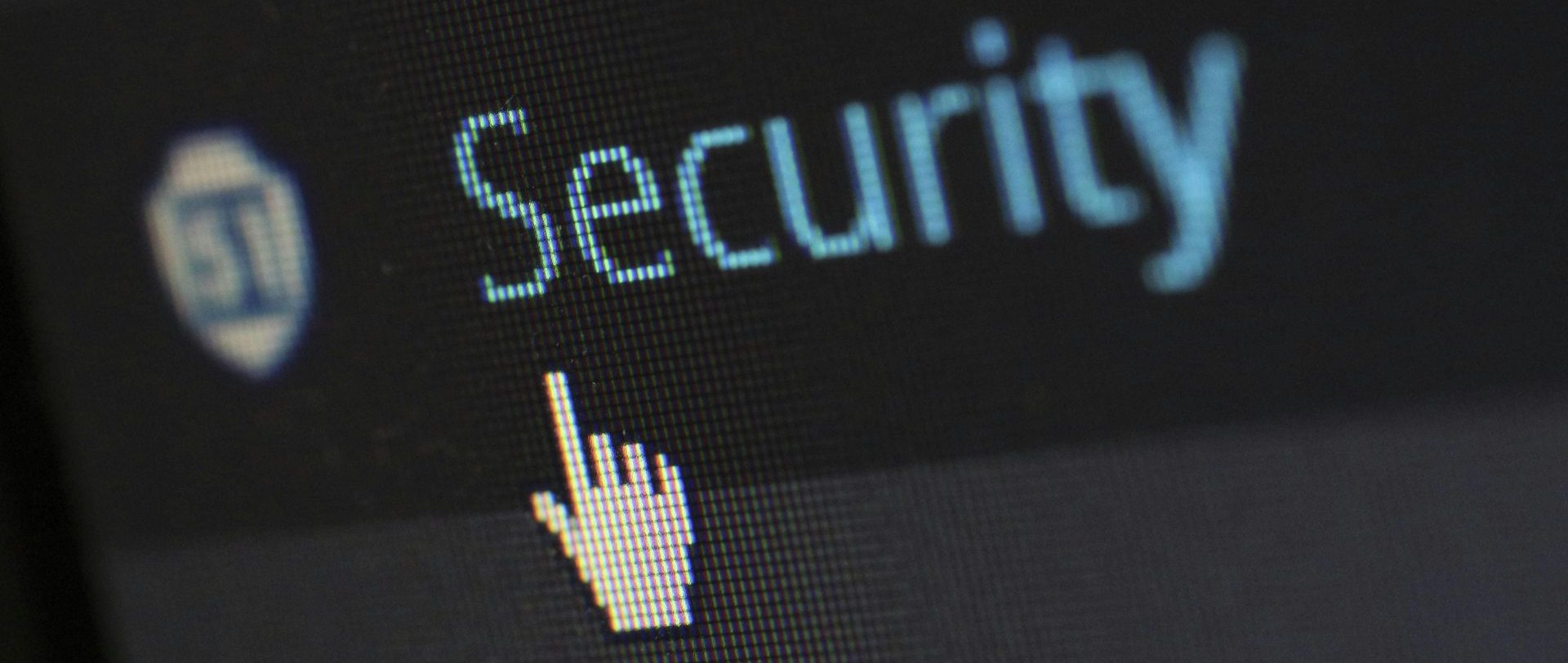If you’re working in IT or any tech-related field, chances are you’ve come across the term “TCO” or “Total Cost of Ownership.” But with so many different explanations out there, it can be tough to understand exactly what it means or what it consists of.
So, we put together an article that explains our vision of the concept and gathers all the necessary information in one place, to give you a clearer picture of what TCO means. We will discuss what to consider when calculating TCO in the IT industry and how STORViX’s solution, AiRE IntelligentFiler, can help minimize TCO.
What is TCO?
Total Cost of Ownership (TCO) is a term that refers to the total cost of owning a piece of technology over its entire lifespan. This considers all expenses related to owning and using technology assets. Examples include: buying hardware and software, managing and supporting them, communication costs, end-user expenses, and the cost of any downtime.
For businesses, TCO is a crucial consideration as it can significantly impact their bottom line. However, in some cases, investing in more expensive technology may have long-term benefits that outweigh the higher initial and maintenance costs. For example, investing in high-quality hardware or software may increase productivity and reduce downtime, resulting in long-term cost savings. To sum it up, businesses should not only focus on minimizing TCO but should also consider the potential benefits and long-term value of their investments.
According to a recent report by Statista, the global average spending on information technology (IT) as a percentage of revenue for businesses in 2022 was around 7.6%, with the tech industry spending the highest at 18%. This highlights the importance of minimizing TCO and finding ways to reduce technology costs. By taking steps to reduce TCO, businesses can free up resources to invest in other areas of their operations and remain competitive in the ever-changing tech landscape.
In this article, we group TCO factors into 6 main categories—hardware and software costs, maintenance and support costs, energy and cooling costs, personnel and training costs, downtime costs, and upgrade and replacement costs.
Hardware and software costs
When purchasing storage solutions, hardware and software costs are the most significant expenses. The cost of the hardware itself depends on its capacity, speed, and other factors, while the software cost depends on the features and functionality that the software offers.
The amount of data generated is growing more and more each day in various kinds, yet the conventional solutions are very rigid. Being forced to buy new hardware due to the inability to adapt to the evolution of a company’s data strategy is considered one of the pain points for data storage. Having a flexible storage option that can handle different kinds of datasets and optimize itself to fit the changing needs will make the storage more efficient. Such a possibility is introduced by STORViX, AiRE IntelligentFiler.
AiRE offers a flexible and customizable solution. The user can benefit from a modular solution that will fit exactly their needs of today with the possibility to be adjusted to match tomorrow’s vision. Furthermore, AiRE IntelligentFiler is a solution that offers seamless scalability while the system is running. This means that businesses can easily unlock additional storage capacity without any disruptions to their operations, up to petabytes. By adopting this approach, companies can lower their overall hardware costs, resulting in a reduction in TCO.
Maintenance and support costs
Maintenance and support costs refer to the expenses incurred in repairing and maintaining IT infrastructure, such as solving hardware failures, installing software updates, and executing data backup operations. These costs are ongoing and can add up quickly over time, which is why they should be included in calculating TCO.
AiRE’s product lifecycle can be extended with proactive prevention and detection of software but also hardware errors, more robust disk utilization, and easy upgradability, which minimizes the need for maintenance and support costs in total.
Energy and cooling costs
Energy and cooling costs refer to the spendings involved in running and cooling IT infrastructure. All IT infrastructures and appliances consume a significant amount of energy and generate heat, calling for the need for cooling systems which then results in substantial electricity bills.
AiRE’s ability to optimize energy consumption ensures that the storage array uses exactly the right amount of power for each workload, reducing overall energy consumption and cooling costs. Intelligent compression and deduplication algorithms further reduce energy usage and storage space, leading to lower energy and cooling costs.
Personnel and training costs
Personnel and training costs refer to the expenses induced by hiring and training, or outsourcing IT personnel. IT personnel are essential for ensuring the smooth operation of IT infrastructure. However, costs associated with IT personnel can be expensive, especially with complex products that require additional time investments to understand how to use them.
User experience is one of our main concerns at STORViX. We continuously develop AiRE’s UX to be unified across the data fabrics and allow users to manage all data from a unified interface, simplifying and streamlining IT operations. AiRE’s AI-driven policy enforcement and profile recognition significantly reduce the need for constant IT personnel management of the system, allowing users to save precious time that would otherwise be spent managing the solution. This automation ensures that the system runs smoothly, without interruptions, making the user’s experience seamless and efficient.
Downtime costs
Downtime costs refer to the expenses incurred when IT infrastructure is down, leading to a loss of productivity and revenue. Downtime costs can be reduced by implementing redundancy measures, such as backup servers and cloud computing.
Downtime costs are another critical factor to consider when calculating TCO. AiRE’s ability to scale with zero disruption to operations can minimize downtime, ensuring that business operations can continue even during upgrades or replacements. AiRE’s self-healing algorithms automatically correct potential data faults and ensure data availability, further minimizing the risk of downtime.
With the data lifecycle close to its heart, STORViX also offers Vault, a backup and long-term data archiving solution available in selected data centers, along with Disaster Recovery as a Service (DRaaS) to provide access to your secured critical data. This guarantees accessibility of data and minimizes downtime, thereby reducing associated costs in the event of a disaster that would otherwise disable access to the primary storage infrastructure.
Upgrade and replacement costs
Finally, upgrade and replacement costs must be considered when calculating TCO. Upgrade and replacement costs refer to the expenses that should be considered when planning to upgrade and replace IT infrastructure. IT equipment becomes obsolete over time and needs to be replaced or upgraded.
AiRE’s upgradable disk packs and reconfigurable system setup minimize the need for expensive upgrades and replacements. Furthermore, AiRE’s dynamic pricing for on-premises hardware with FlexiPAY ensures that users can scale their storage capacity according to their needs, minimizing unexpected expenses.
Now we know what is inside TCO and the lighter the TCO impact on a company, the better for its operations and finances. Let us give you a recap of why it is important to evaluate a company’s accurate TCO when planning on acquiring new technology.

Why do we need to calculate TCO?
Provides a more accurate and realistic picture of the true cost of the whole IT infrastructure
Calculating TCO is like shining a light on the true cost of owning a technology asset. It gives businesses a clear, comprehensive overview of all the expenses associated with owning and maintaining that asset, not just the initial purchase cost. This is particularly important because some companies might lure you in with a low initial price, only to hit you with hidden costs later down the line.
Helps businesses make informed decisions
By understanding the true cost of ownership, businesses can make informed decisions about technology investments and choose solutions that provide the most value for their money. Without this information, businesses may underestimate the costs of ownership, leading to unexpected expenses and budget overruns over time.
Helps businesses identify areas where they can save money
By looking at the costs associated with existing technology assets, businesses can determine whether it’s more cost-effective to upgrade or replace them, or whether they should continue to use them as they are. This can help businesses optimize their operations, reduce costs, and stay competitive in today’s fast-paced digital world.
Conclusion
Calculating the total cost of ownership (TCO) for your IT infrastructure can be a valuable exercise for any business, regardless of size or industry. It can help you understand the true cost of your IT assets, identify areas where you can save money, and make more informed decisions about your technology investments.
To gain a clear and accurate understanding of the TCO of your IT infrastructure, it’s important to take a holistic view of all the expenses, such as maintenance, upgrades, and downtime. Once this is done, businesses can run more efficiently, achieve sustainable scalability, and optimize their IT assets.
In today’s world, businesses can leverage AI-driven solutions like AiRE to lower your TCO along the data life cycle and give you peace of mind.
Want to learn more about how STORViX can minimize your TCO and maximize your IT capabilities? Reach out to us at info@storvix.eu or leave your contact here and we will get back to you as soon as possible!
Source:
Gartner, Total Cost of Ownership
Statista, IT spend as share of revenue worldwide 2022, by industry

